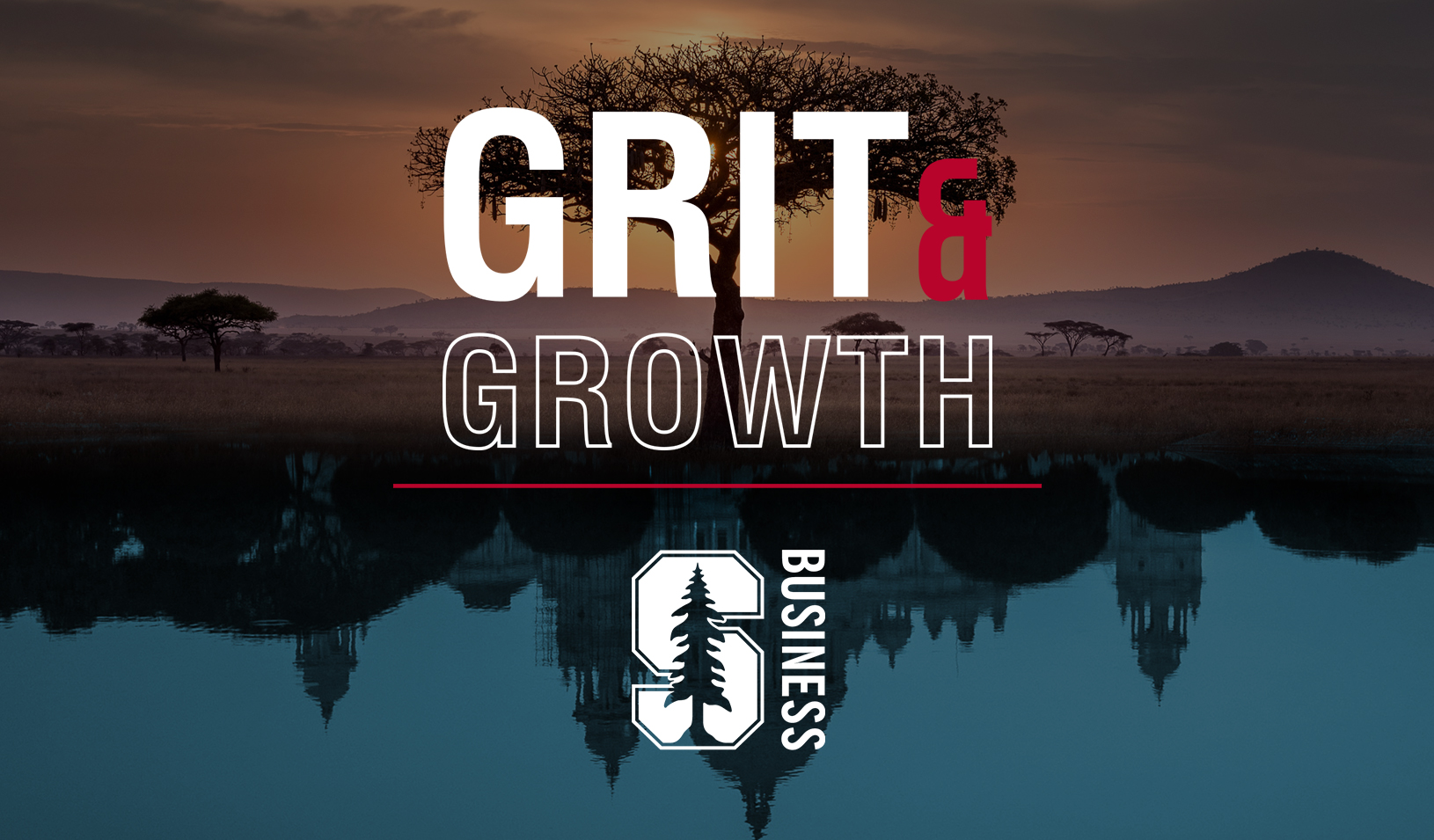
Phil Knight at the 2014 Stanford GSB Graduation. | Saul Bromberger
Not every Stanford Graduate School of Business alumni event has Nike co-founder Philip Knight being interviewed on stage by the dean of the school, but that’s what happened on an evening in July in Portland, Oregon.
Knight, who earned his MBA from Stanford GSB in 1962, sat down for a conversation with Jonathan Levin, who in September 2016 joined the business school as dean. The Knight Management Center bears the donor’s name following his $105 million gift to the school in 2006 to help build the new campus. During his interview with Levin in the Billiard Room of the historic Sentinel Hotel, Knight recalled how the school helped him through “a lot of dark moments” as he worked to build Nike — a company he started by borrowing $50 from his father to sell Japanese running shoes out of the trunk of his car.
Here are some takeaways from the conversation.
The Value of a College Education
Knight is well aware that some of the world’s most successful entrepreneurs decided to forgo a college education and nevertheless started iconic companies that disrupted industries and made them some of the wealthiest men in the world.
“A college education kind of got a bad rap from Bill Gates and Steve Jobs, who dropped out after a year and became great successes,” Knight says of the founders of Microsoft and Apple. “But mine was the opposite. I wrote the business plan for the company that ultimately became Nike in a class at Stanford.”
Today Nike, where Knight is chairman emeritus, is the world’s largest footwear maker, with revenue of $34 billion for 2017.
Expect to Fail at Times
Long before the Silicon Valley mantra of failing fast became popular, Knight says he learned to expect setbacks. “The only time you must not fail is the last time you try,” he says.
Successful business people would come in as guest speakers when he attended Stanford GSB, but they didn’t sugarcoat their experiences. “You would hear these horror stories about things that had happened to them,” Knight says. These tales of failure packaged alongside successes helped give Knight the confidence to clear some of Nike’s biggest hurdles, such as being rejected by the two big banks in Oregon at the time because they thought his company was too leveraged.
“For an Entrepreneur, Every Day Is a Crisis”
During Nike’s first decade as a company, Knight received a letter from U.S. Customs demanding Nike pay $25 million in import fees because the shoes were manufactured outside the country. The amount was way beyond what Knight at the time thought it would be, and nowhere near an amount the company could afford then. The fight that ensued nearly killed the company.
“Our biggest battle involved things with our government,” he says. “We didn’t have a course in that.”
Knight worked with lawmakers and others to change an “arcane law” that held that if a similar shoe was made in the U.S., the duty fees would be based on 20% of the wholesale price, not on the cost of manufacturing the shoe. After more than three years, the government settled and Nike paid $9 million. “It was an absolute war,” Knight says.
Technology Is Rapidly Changing Jobs
When it comes to automation, “we are on a precipice of change,” Knight says. Managers need to consider what new waves of technology will mean for their employees because it has already dramatically altered the workplace.
“We have a small percentage of our shoes right now that are made by total automation,” Knight says. “We can’t scale it overnight, but in 10 years that will probably be scaled.” Technology that used to be fodder for science fiction stories is soon to become a reality.
“If you talk about truck drivers,” Knight says, “what happens when they have self-driving trucks, which is not far away.”
Learning from the “Professor of Competitive Response”
Bill Bowerman, then the University of Oregon’s track coach, co-founded Nike with Knight in 1964, first using a waffle iron to get the pattern on the sole that runners needed for traction. The World War II veteran was focused on perfecting the running shoe by making it as lightweight as possible, and Knight was the first to try out his crude prototype. As Knight’s running coach, Bowerman told Knight he wasn’t just teaching him running, but giving him a framework for competitive response — skills that translate off the track. “He wanted his youngsters to know that they should be prepared for the competition of life, not just the four years they were on the team.”
Do Well and Do Good
Three percent of Nike’s net profits go to charitable causes, which for Nike totals about $120 million a year. “We don’t just scatter it around. We pick certain causes,” Knight says. One of the causes Knight feels most strongly about is Girl Effect, an initiative to empower young girls in developing countries. Started in 2004 by Nike, Girl Effect is now its own standalone company.
“If you can get girls to stay in school and have some kind of economic program where they can just get started a little bit, it can show a real positive impact,” Knight says.
For media inquiries, visit the Newsroom.






